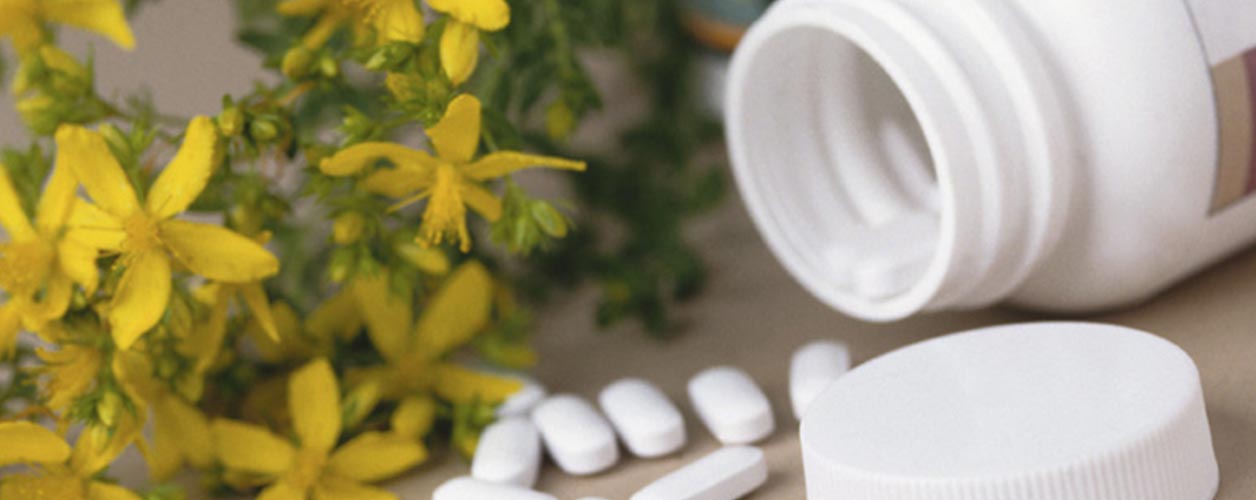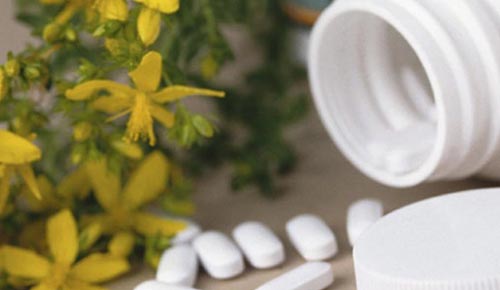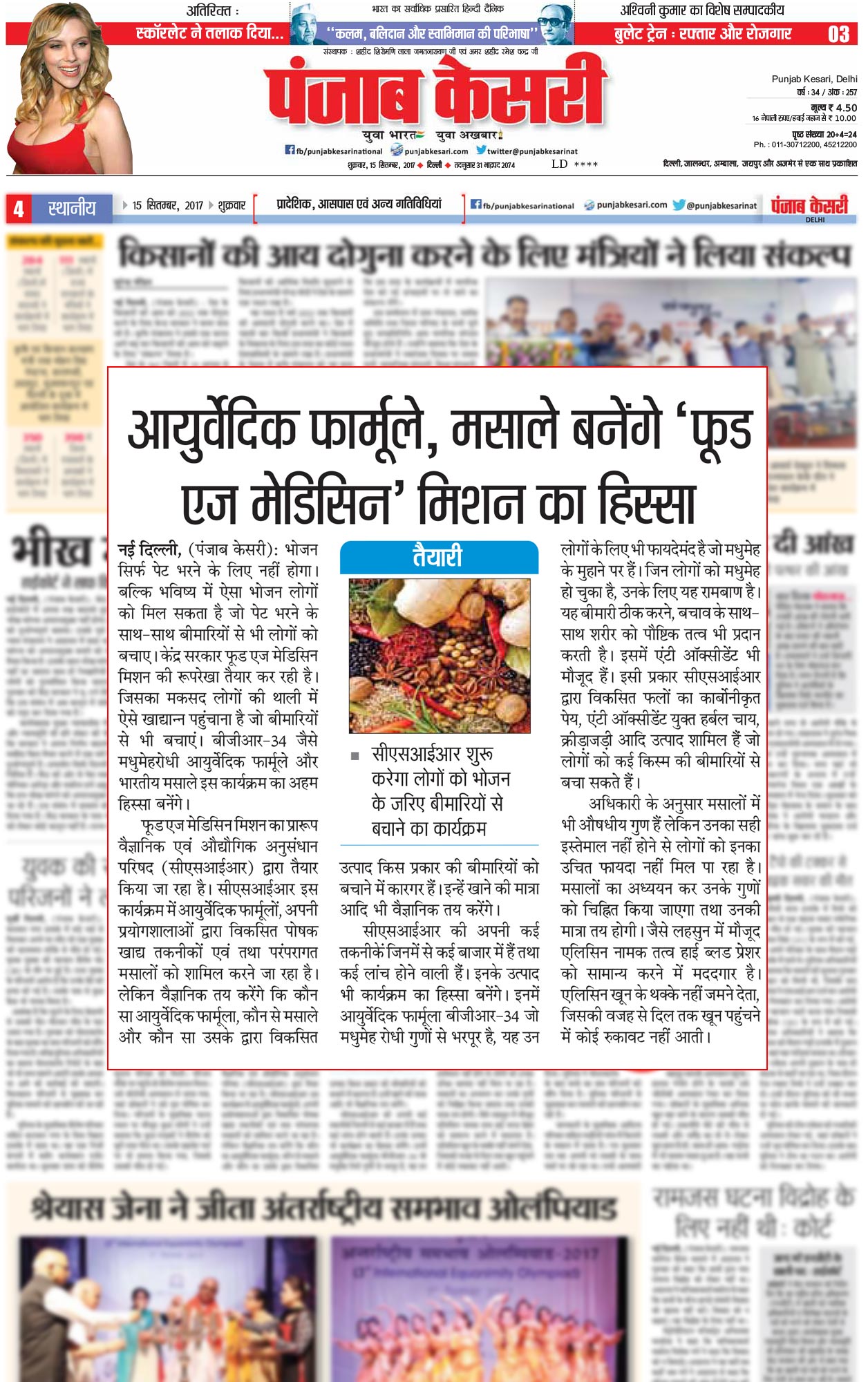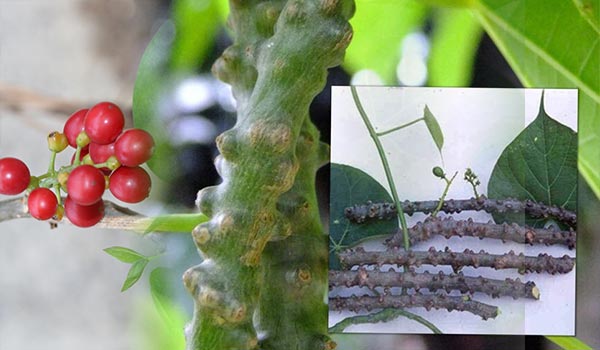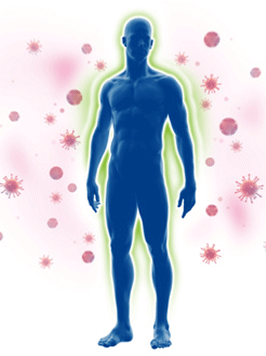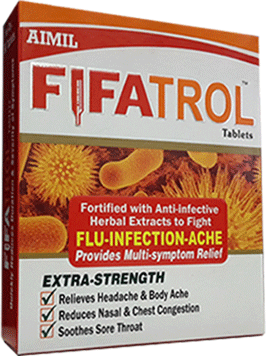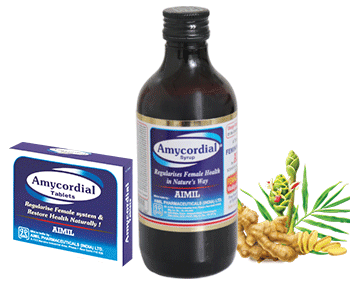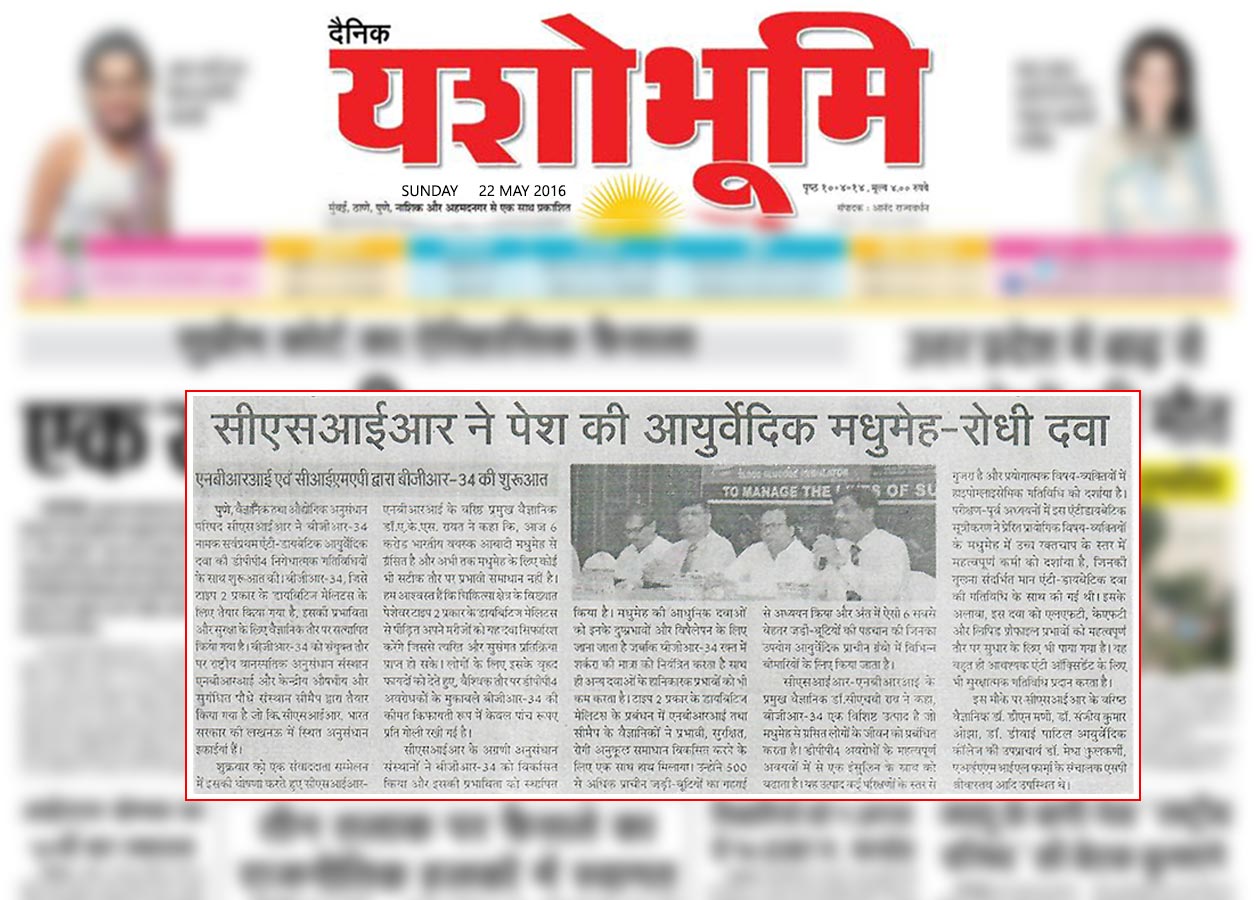Drop in Platelet count: The most challenging issue while treating dengue can be addressed effectively if we look beyond the conventional approach of transfusion.
A brush of ignorance and carelessness paints a dirty picture of dengue infection on India’s health portrait. With world’s highest dengue infection burden (34%), 129166 cases and 245 reported death – India appears to be home sweet home for the malady.  With no cure available dengue often leaves physicians out of ammunition and out of all the challenges the most daunting is the reduction in platelet count. Dengue virus, the main cause of dengue fever, induces bone marrow suppression.
With no cure available dengue often leaves physicians out of ammunition and out of all the challenges the most daunting is the reduction in platelet count. Dengue virus, the main cause of dengue fever, induces bone marrow suppression.
Since bone marrow is the manufacturing centre of blood cells, its suppression causes deficiency of blood cells leading to low platelet count – According to a review article published in Medicine Update like Tinospora cordifolia and Carica papaya plays an important role in increasing the platelet count in these conditions.
Carica papaya leaves contain various phyto-constituents like saponins, tannins, cardiac glycosides and alkaloids. The alkaloids present include carpaine, pseudocarpine and dehydocarpaine II.
These constituents act on the bone marrow, prevent its destruction and enhance its ability to produce platelets.
Moreover, it can also prevent platelet destruction in the blood and thereby, increase the life of the platelets in circulation. In an experimental study on Carica papaya leaves, platelet formation in test and control groups were studied before and after the treatment. During the study it was found that there was no significant difference in the platelet counts during the first 3 days in either group. However, platelet counts within the test group started to rise steadily after Day 3 and reached a peak level at Day 13 (10.94×105/μL). Subsequently, the platelet count remained relatively constant at a range of 10 x105 TO11x105/μL.
The platelet count of the test group was (11.33 ±0.35) x 105/μL at the end of the experiment compared to that of the control group (5.53±0.12)x105/μL. Study results clearly indicated that there was a significant increase (P < 0.05) in average platelet counts in the test group, as against a slight increase in the control group (Table 1). RBC count was also significantly (P<0.05) increased in the test group compared to controls. The findings of the study strongly suggest that there are active compounds in C. papaya leaves that enhance Haemopoiesis and thrombopoiesis. 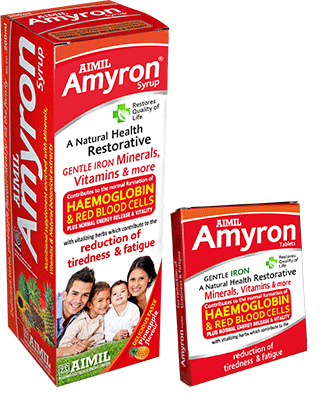
These scientific evidences backed by the traditional evidences have given the physicians new hope and one such product with the brand name of Amyron is already available in the market which is a plant based pharmacotherapy which can play a vital role in the recovery from dengue fever with its miraculous herbal ingredients like :
-
Carica papaya leaves juice which helps in the blood platelet formation,
-
Tinospora cordifolia which powerfully activate the immune system especially increase the activity of NK-cell (natural killer cell), T-cell , and B-cell,
-
Withania somnifera which accelerate the oxygen carrying capacity,
-
Boerhavia diffusa which boosts synthesis of haemoglobin and RBC’s,
-
Aloe vera & Emblica officinalis also helps to boost the immunity.
Thus, the ingredient herbs of Amyron provides all the essential measures for faster recovery in case of dengue fever. Apart from these benefits Amyron also provides complete nutrition by supplementing minerals, Vitamins, essential fatty acid like omega-3 & omega-6, antioxidants like Vitamin C and Vitamin E which contribute to the faster recovery of patients suffering from dengue.
